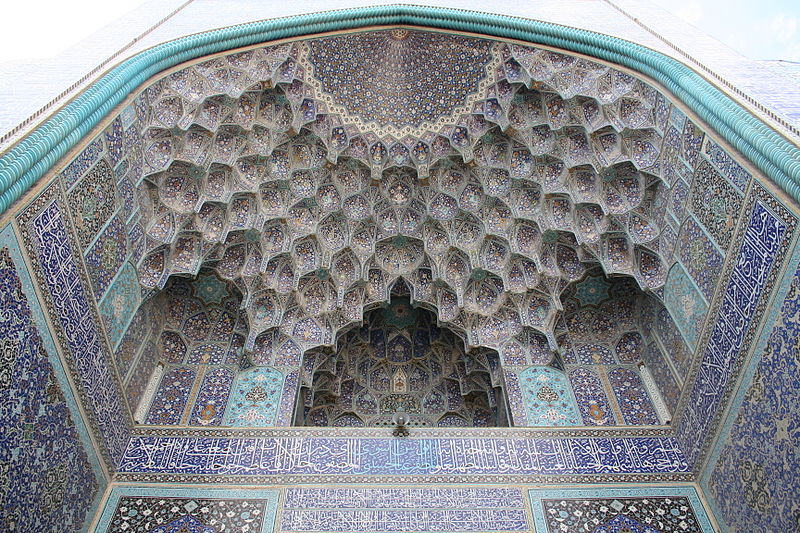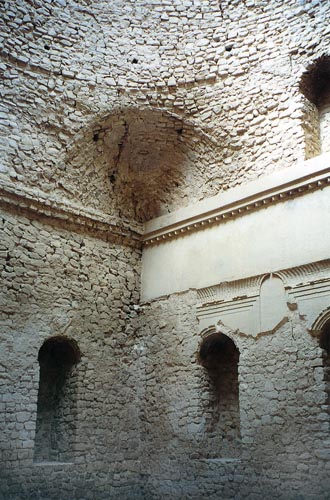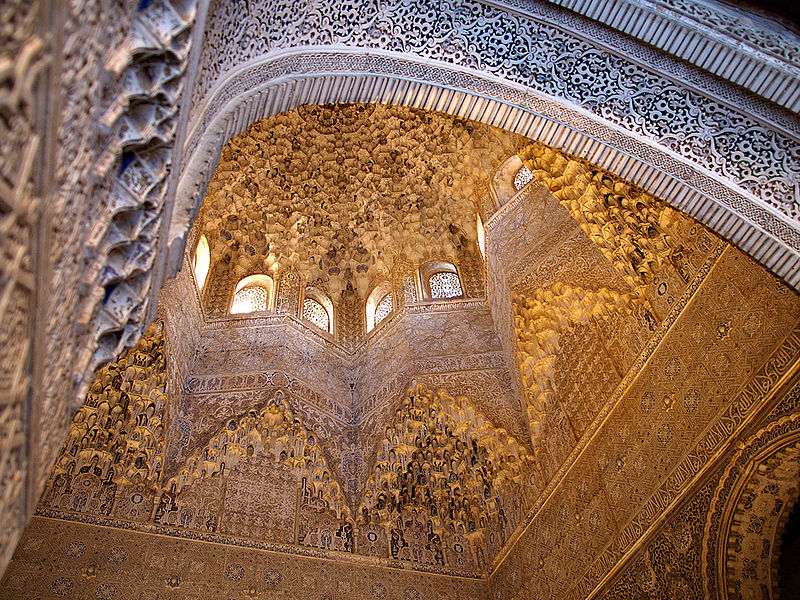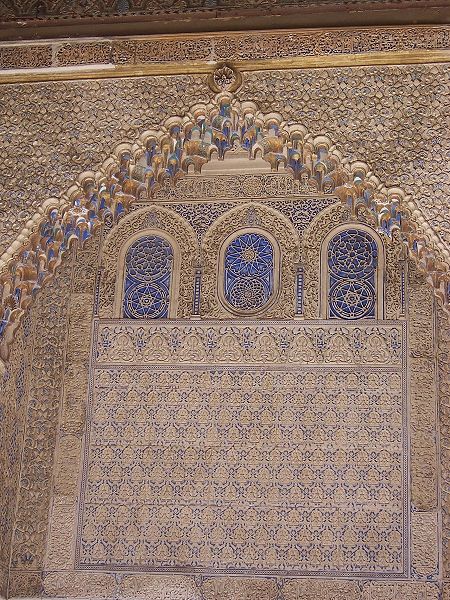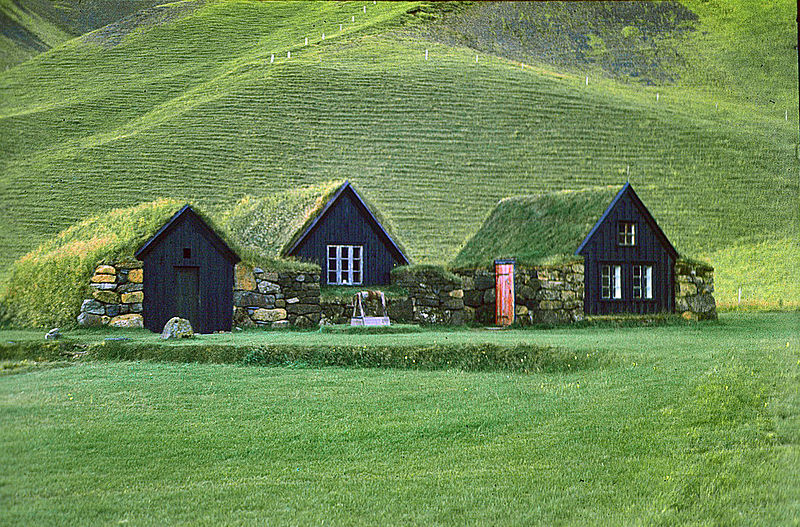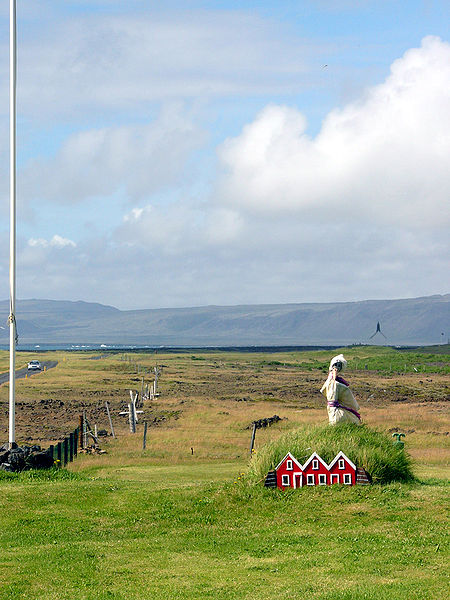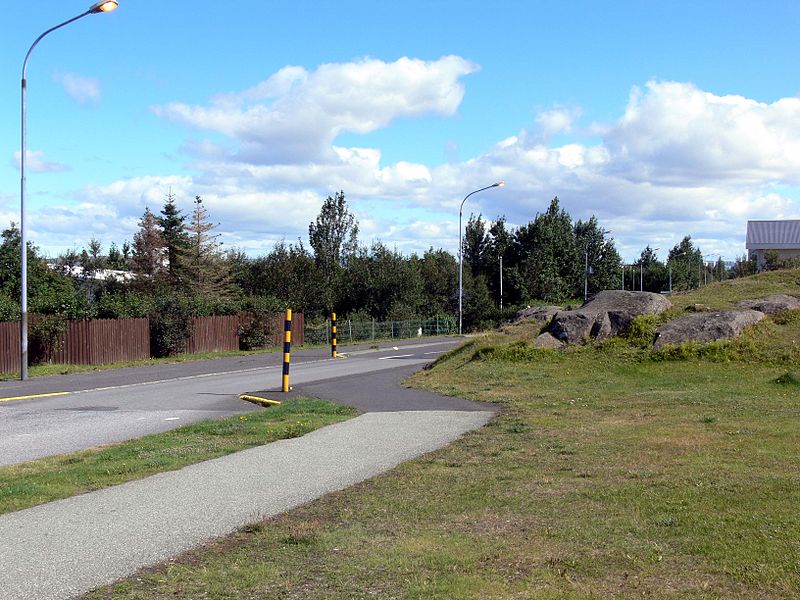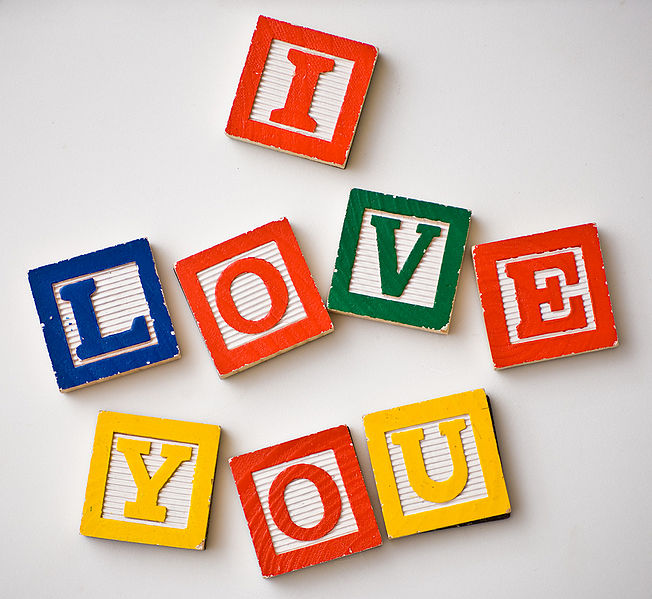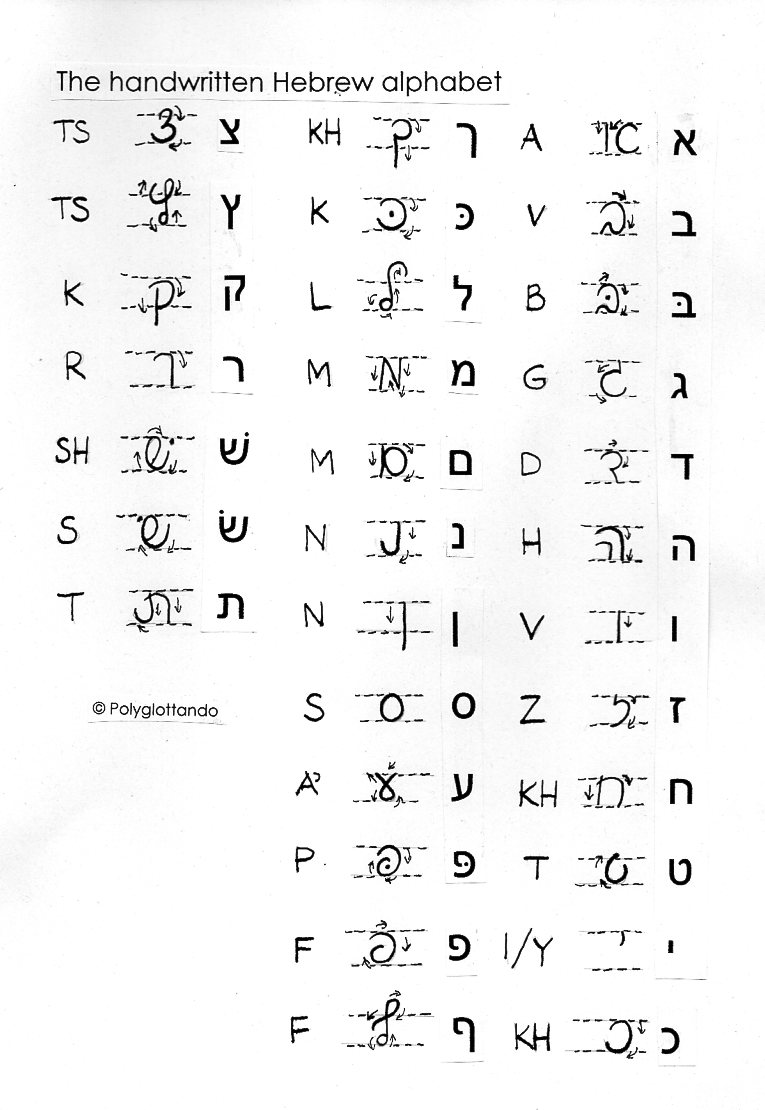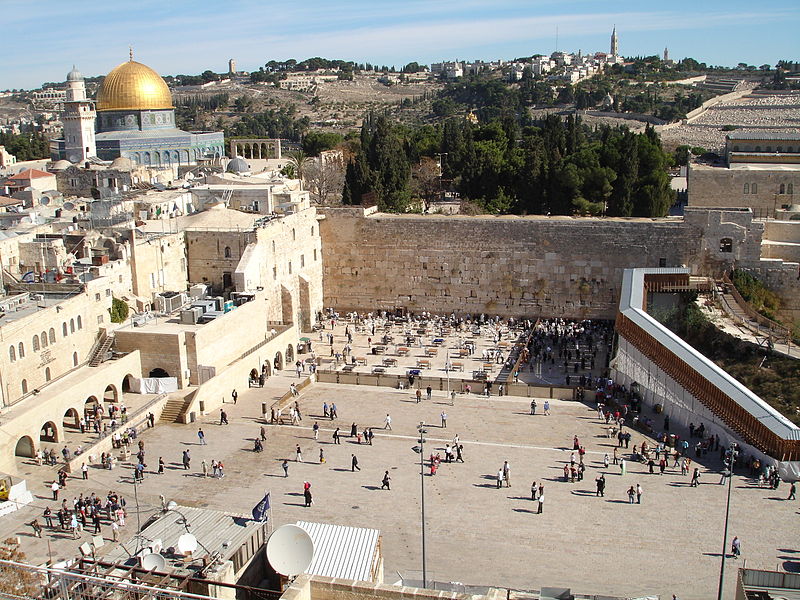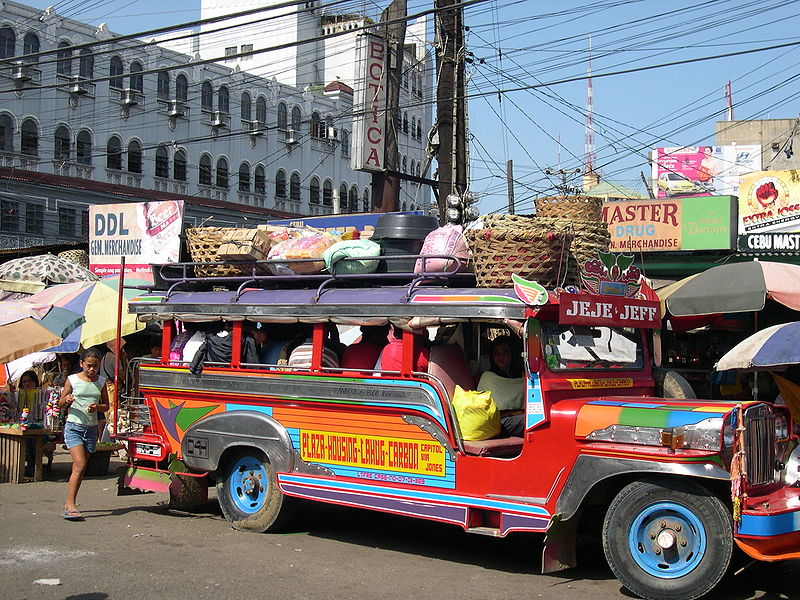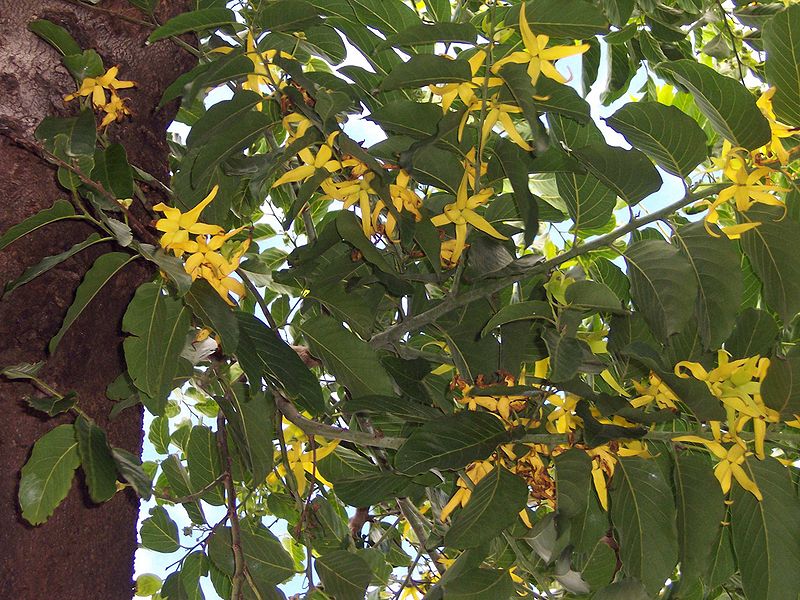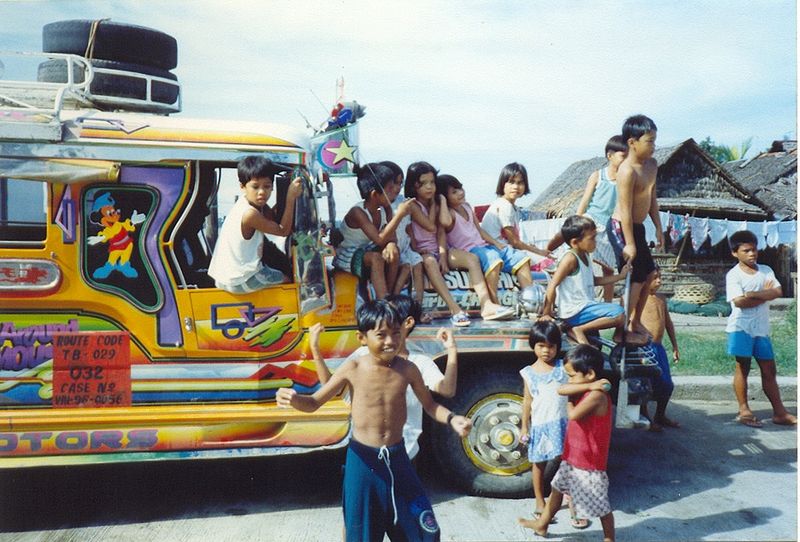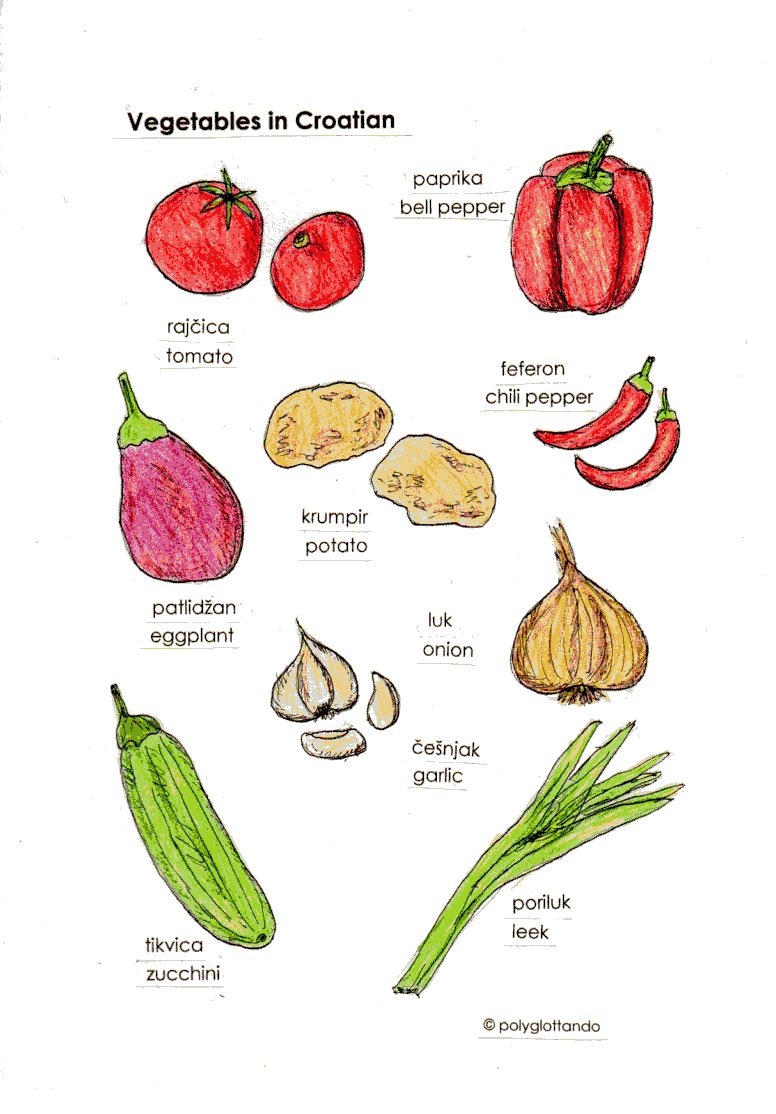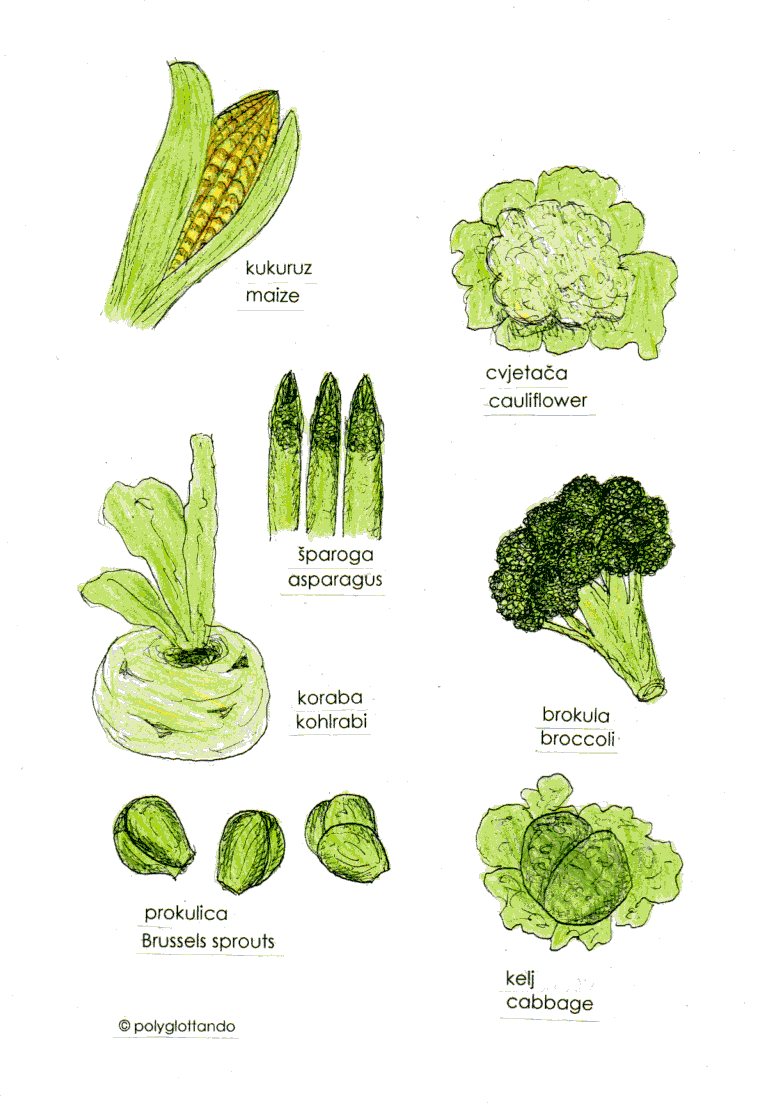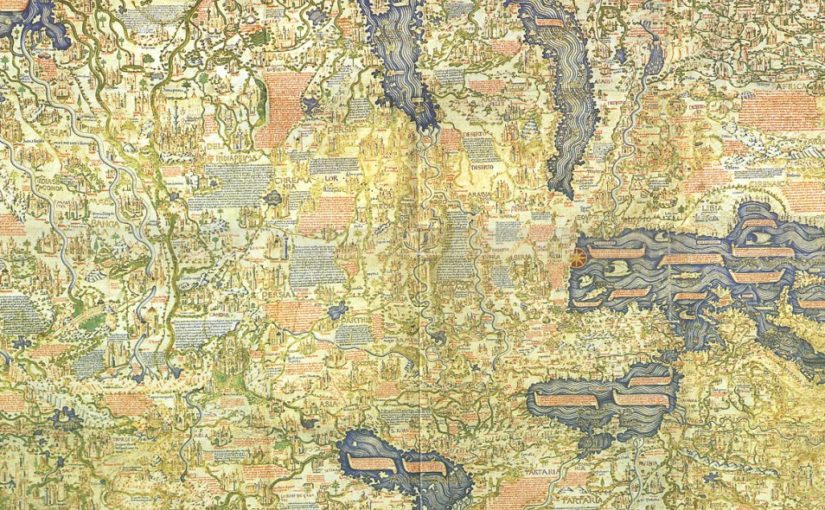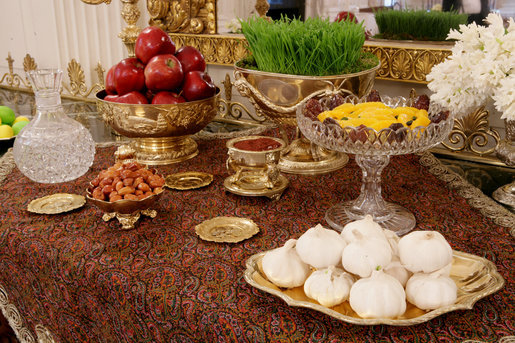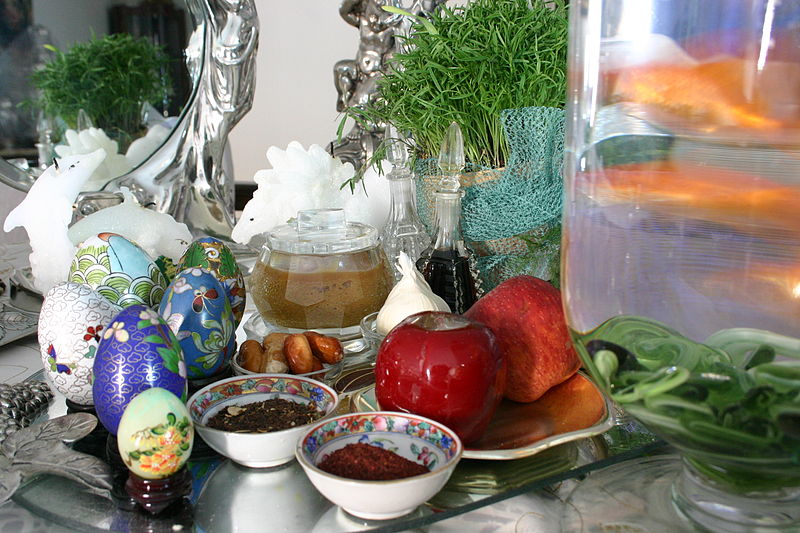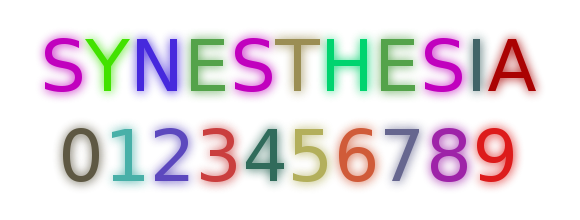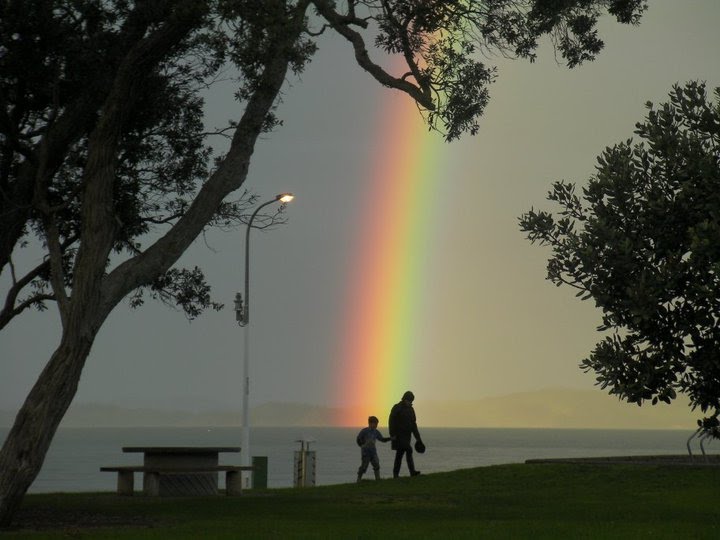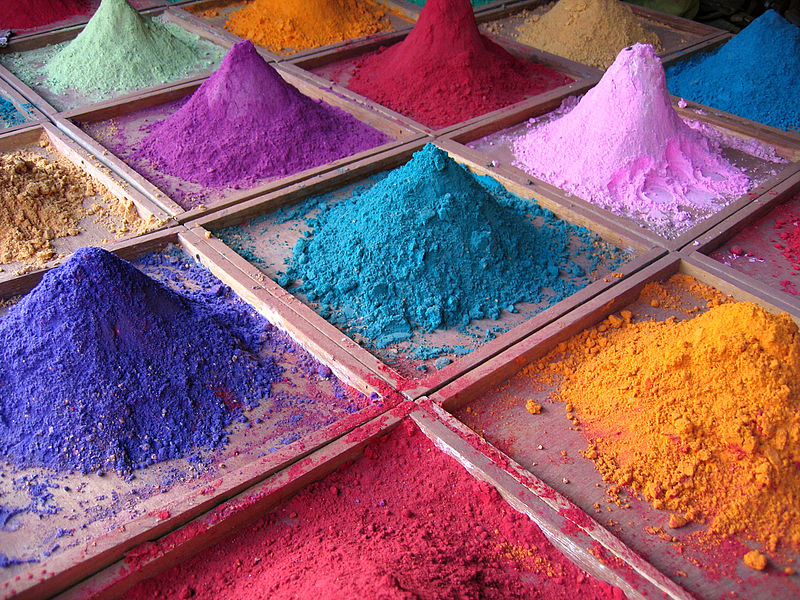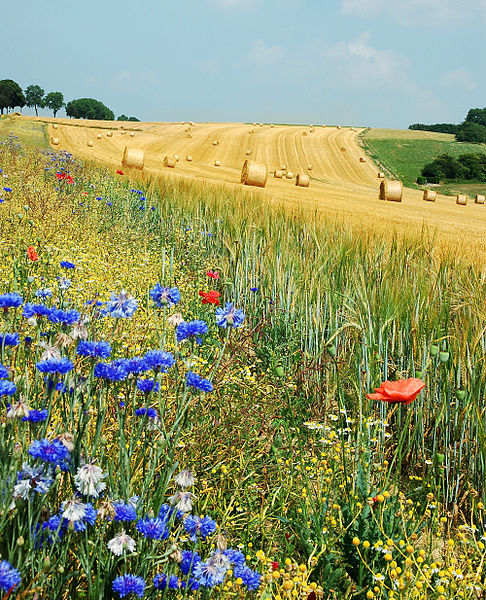
Author: luc viatour, wikipedia commons
Today´s blog post will be about the names of the months in various Slavonic languages, which are not based on the Latin names and often have quite poetic names that have their origin in the seasonal changes and in agricultural activities typical for a specific time of the year. Many of these meanings are obvious, while others have been forgotten and their original meanings can only be guessed.
Here are the months in Ukrainian:
January січень – the slicing month (because of the ‘slicing’ cold)
February лютень – the angry month (angry frosts and blizzards)
March березень – the month of birches
April квітень – the month of flowers
May травень – the grass month
June червень – the red month (because fruits begin to ripen)
July липень – the month of linden trees
August серпень – the sickle month
September вересень – the heather month
October жовтень – the yellow month
November листопад – the month of falling leaves
December грудень – the month of the frozen soil
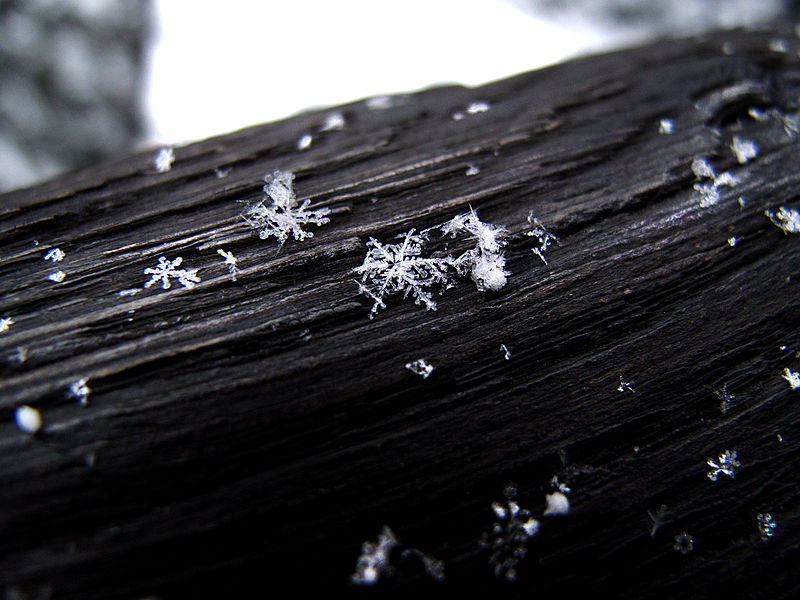
And here are the Croatian months:
January siječanj – the month of timber-cutting
February veljača – the huge month, with prolonged coldness
March ožujak
April travanj – the grass month
May svibanj – the month of vigorous growth and flowering shrubs
June lipanj – the month of linden blossoms
July srpanj – the month of the sickle (harvest month)
August kolovoz – the harvest month when wheat is harvested and threshed
September rujan – the reddish month (when the trees turn red)
October listopad – month of the falling leaves
November studeni – the cold month
December prosinac – the month when good weather and sunshine first appears after the autumn fogs

Author: Aplaster, wikipedia commons
The Czech names for the months:
January leden – the month of ice
February únor – the month of renewal
March březen – the month of birches
April duben – the month of oaks
May květen – the blooming month
June červen – the red month (fruits are ripening)
July červenec – the red month where fruits are ripening
August srpen – the sickle month (harvest)
September září
October říjen – the rutting month (of deer)
November listopad – the month of falling leaves
December prosinec – the month when good weather appears after the autumn fogs
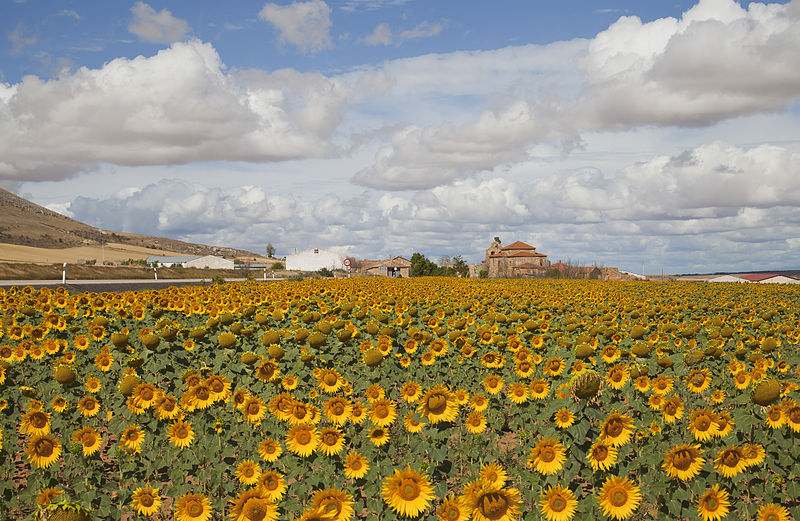
Author: poco a poco, wikipedia commons
And finally the months in Polish:
January styczeń
February luty – the month of angry frosts
March marzec
April kwiecień – the flowering and blooming month
May maj
June czerwiec – the red month when fruits are ripening
July lipiec – the month of linden trees
August sierpień – the month of the sickle (harvest)
September wrzesień – the heather month
October październik
November listopad – the month of falling leaves
December grudzień – the month where lumps form on roads and fields

